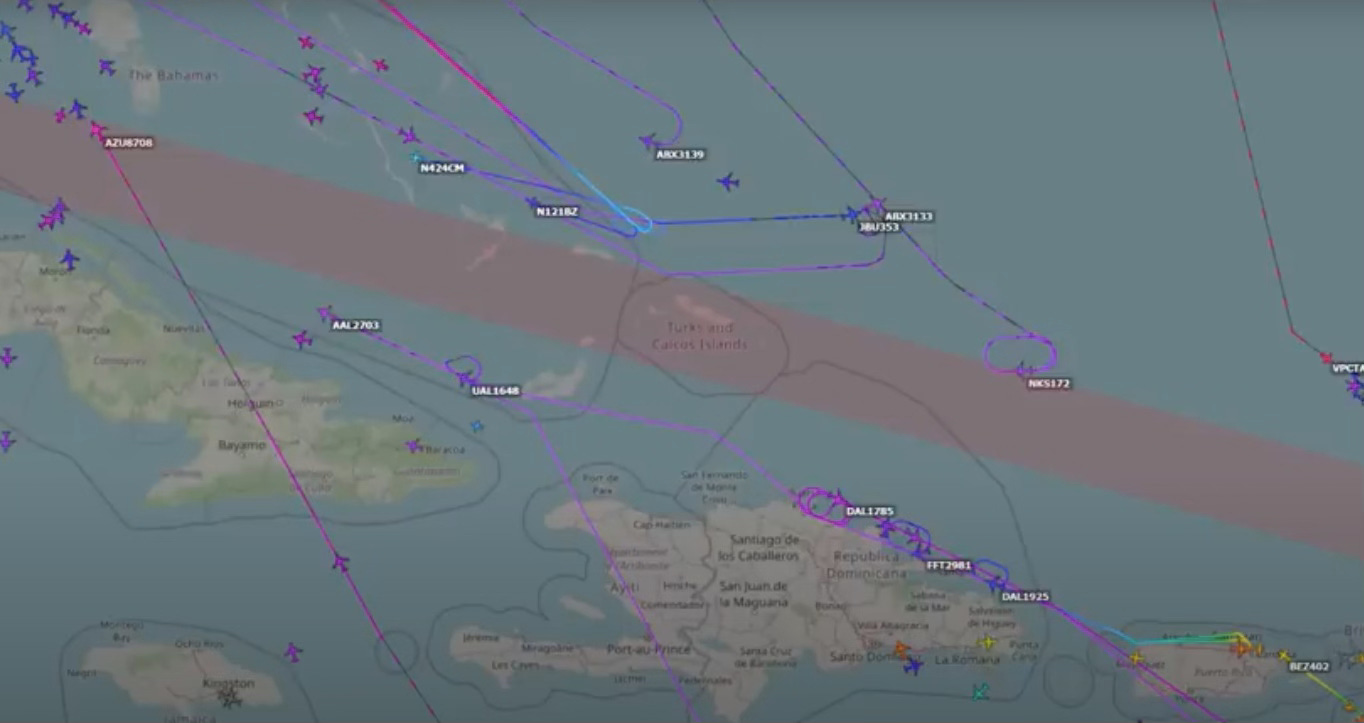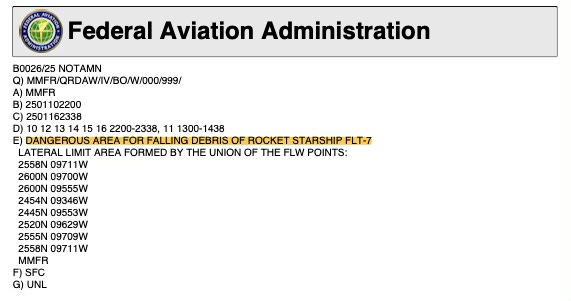Big day for big rockets
Just a week ago a first and failures
(Credit: Blue Origin)
The past week has been full of news about an inauguration, executive orders, California fires, and the NFL playoffs. It’s hard to believe that it was just seven days ago that some big rockets made history. It’s history that also brought two billionaire space businessmen to Washington DC and some prime seats for the Presidential swearing-in.
It was an amazing 16 hours for reusable heavy-lift rockets in the United States on January 16, 2025. There was a spectacular explosion of a SpaceX Starship after a striking “catch” of its booster. Meanwhile, Jeff Bezos’ Blue Origin quietly made it to orbit for the very first time, but failed in saving its reusable booster. Those successes and failures suggest bright days are ahead for big rockets.
Heavy-lift means that a rocket can carry large payloads to Earth orbit and beyond. These big rockets are used to send satellites and capsules far beyond Earth. SpaceX and Blue Origin are reusing their rockets in an attempt to drive down the cost of accessing space.
Bezos’ success in getting to orbit (four years late) is being a bit overshadowed by the SpaceX “anomaly” during the seventh test flight of its Starship. It’s a failure that will raise questions with regulators.
TEST FLIGHT 7
SpaceX’s Starship is the largest rocket on Earth. This seventh test was the first for a new version of the Starship. The company had plenty of tests planned for the flight, including deploying some dummy satellites. They never got to try that test.
It was a strikingly clear day on the Texas coast and the launch was a beautiful sight. SpaceX, when it allows access to all its cameras on the vehicle, provides spectacular video. All looked good as the big booster carried the starship toward space. The separation of the two vehicles was improved and the booster started heading back to the launch site.
SpaceX catches the booster stage during its seventh test flight. (Credit: SpaceX)
A SECOND CATCH
SpaceX nailed the landing. The booster flies into two arms, called chopsticks, and is caught by the launch tower. But as this amazing sight was being enjoyed, the telemetry from the Starship showed its engines were shutting down or failing. Finally, all communications were lost. Within a few minutes, video was being posted from people on the Turk and Caicos Islands and aboard cruise ships in the Caribbean, showing the Starship explode. The debris streaked through the sky, finally falling into the Atlantic.
The explosion and breakup of SpaceX’s Starship as seen from a Disney cruise ship. (Credit: X: Boca’sBrain)
It is unclear if SpaceX ordered the self-destruct of the Starship, or if it blew up on its own. I am guessing the termination order was given. SpaceX says there was a problem on this new version of Starship just above the engines. “Initial data indicates a fire developed in the aft section of the ship, leading to a rapid unscheduled disassembly,” SpaceX said in a statement. Rapid unscheduled disassembly (RUD) is the company’s cheeky way of describing an explosion.
STARSHIP GROUNDED
But there was fallout from the falling debris. The FAA will require a SpaceX mishap investigation. That means the Starship is grounded until the probe by the company is signed off by the FAA. The agency has plenty of concerns. It issued a notice to airlines of the danger of falling debris.
Some flights turned back from trips to the Caribbean after the notice was issued. The FAA is investigating debris that reportedly fell on the Turk and Caicos Islands. There are no reports of injuries related to the Starship debris. SpaceX said in a statement, "Starship flew within its designated launch corridor – as all U.S. launches do to safeguard the public both on the ground, on water and in the air.”

There has been some tension between SpaceX and the FAA about the pace of licensing. This will be an interesting case to watch considering new alliances in the Trump administration.
BLUE MAKES IT TO ORBIT
Starship’s test flight was late in the afternoon in Texas, easy to watch with the naked eye or on a webcast. You may have slept through what was a very big early morning for Jeff Bezos and his company Blue Origin. Their heavy-lift rocket New Glenn launched at 2:03 a.m. EST for the first time. It is also the first time the company has reached Earth orbit in its nearly quarter century of existence.
First launch of Blue Origin’s New Glenn rocket from Cape Canaveral (Credit: Blue Origin)
While the second stage of the New Glenn made it to orbit, the booster that was supposed to land on a barge in the Atlantic didn’t make it.
“We lost the booster during descent,” said Dave Limp, CEO, Blue Origin. “We knew landing our booster… on the first try was an ambitious goal. We’ll learn a lot from today and try again at our next launch this spring.”
Jeff Bezos didn’t say a lot about this success. He just posted videos of the launch and ascent on social media and this- “So much heart, sweat, persistence. Huge congrats and kudos team Blue!” While the booster was lost, the payload made it to space, which goes a long way to certify the New Glenn for US Government national security payloads.
Those contracts are critical for heavy-lift operators. The government is the largest customer. While Joe Biden warned of a growing billionaire oligarchy in the US, the space company CEOs both accepted the invitation to those prime seats at the inauguration. Both Bezos and Musk also have contracts to land on the Moon for NASA.
Blue Origin has been the tortoise to the SpaceX hare for quite a while. The two CEOs want to get to space for slightly different reasons. More on that in the coming weeks as we see what’s next for these big rockets.






As always a great piece. As enthusiastic as I am about space exploration, my disgust for both of these guys has left such a sour attitude in me it's hard to appreciate these events.
What lessons would Icarus give us?